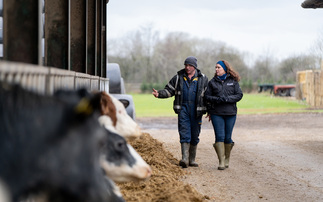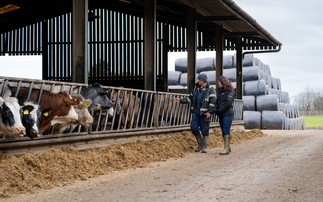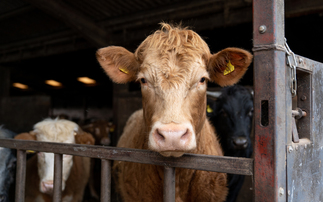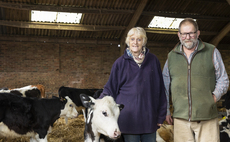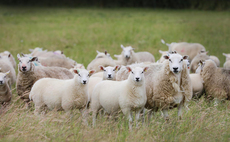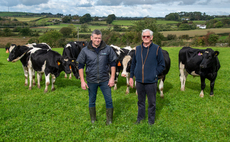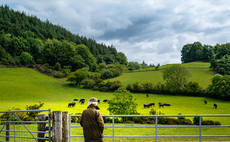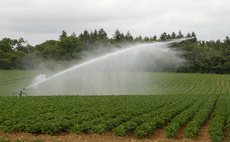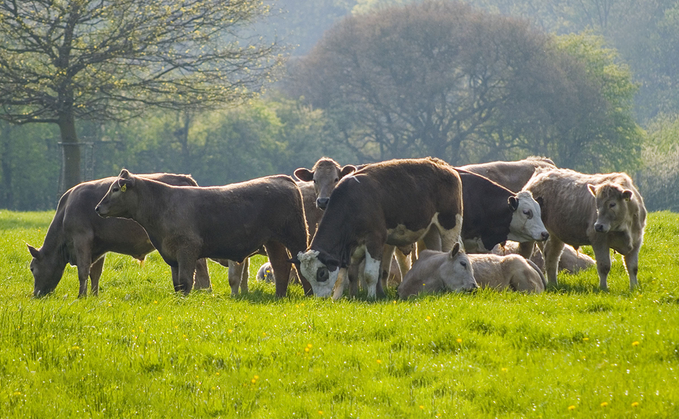
A lack of forward planning can make parasite control more difficult, so take time this winter to prepare for worm and fluke control at turnout and the coming grazing season.
Boehringer Ingelheim offers five top tips on how best to plan parasite control on-farm:
1
Re-test cattle for liver fluke before turnout and treat if results are positive.
Preventing egg output in spring helps to break the liver fluke lifecycle and reduces pasture infectivity later in the season.
2
Consider your farms risk of lungworm and whether susceptible cattle would benefit from being vaccinated before turnout.
3
Set reminders to regularly collect dung from youngstock for pooled faecal egg count tests during the first half of the grazing season to help you monitor changes in worm burdens and assess the level of egg shed onto pasture.
4
Regularly weigh youngstock during the grazing season and compare to average daily live-weight targets.
Where nutrition is sufficient, a gutworm burden is the likely cause of missed targets.
Individual animals can then be identified for a worm treatment.
5
Look at your pasture rotation and consider optimising this to minimise worm infectivity in the most susceptible animals.
Plan when silage aftermaths and other clean grazing will become available and prioritise this for calves and youngstock.









